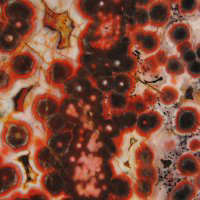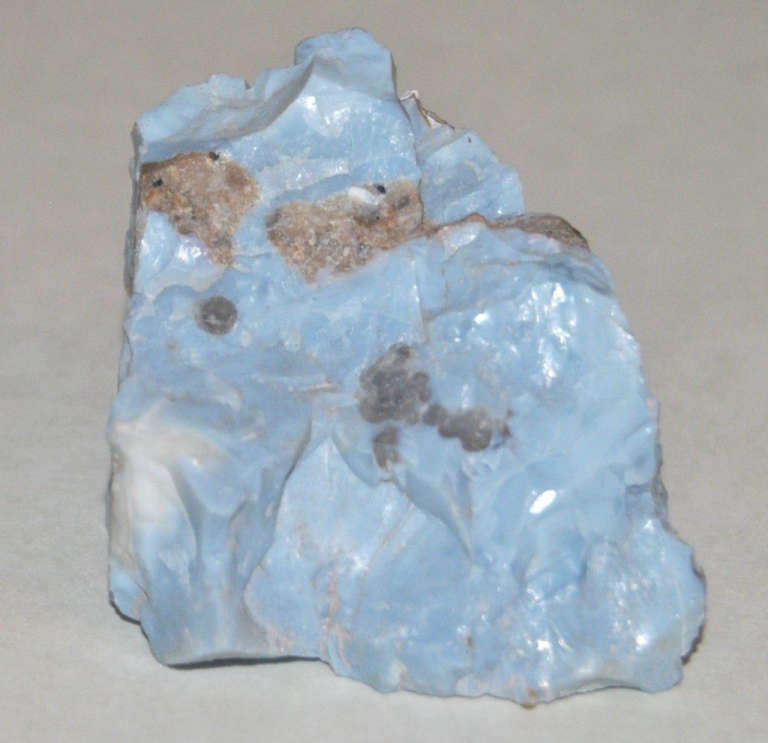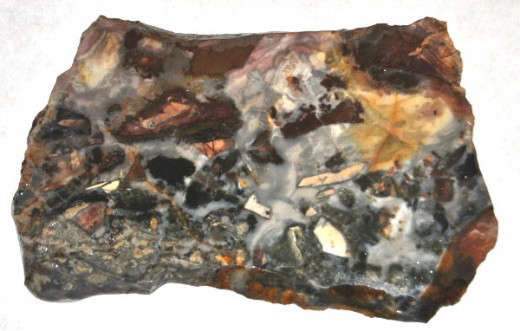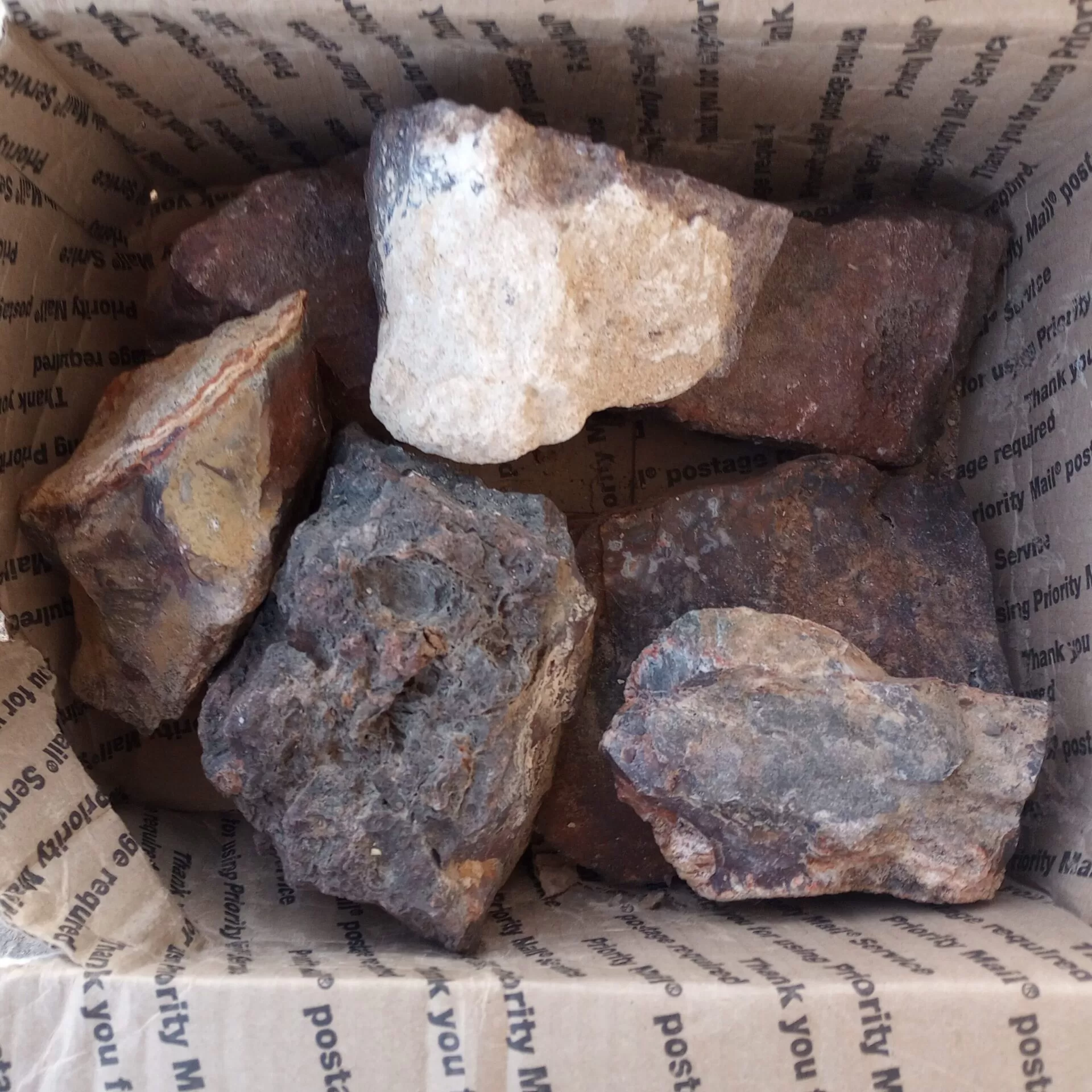
Engaging in rockhounding can be a delightful and profitable pursuit, but travel limitations can prevent enthusiasts from exploring their preferred areas. Fortunately, a wide range of superb rockhounding possibilities are easily accessible.
Computer access has unlocked a vast array of rockhounding opportunities, permitting individuals to source rocks, slabs, and cabochons from online venues such as eBay, personal websites, Etsy, Artfire, Craigslist, Facebook Marketplace, and more.
Investing in rocks and minerals:
The swift surge in rock prices over a short duration is a remarkable demonstration of the law of supply and demand.
Gemstones and minerals can experience a fleeting availability and rapidly acquire popularity. These rocks frequently originate from small, unique deposits. Once they are gone, they are irretrievable, making them a better investment than gold or silver.
What is the possible return on investment? Take Lander Blue Spiderweb Turquoise, for example, which was considered costly in the 1970s at $1.00 per carat. Currently, it may sell for over $350.00 per carat, generating a considerable profit for those who invested in this extraordinary Turquoise.
In addition to other lucrative materials, Laramar, Ocean Jasper, Bumble Bee Jasper, and Leopard Jasper would have presented excellent profit-making opportunities at one time.
Minerals Collected By Mineral Collectors
Rock collections can be broadly classified into two types: those curated by mineral collectors and those compiled by lapidaries.
Mineral collectors typically preserve specimens in their natural state, maintaining their original appearance. These collections frequently include rare and precious gemstones and minerals, showcasing their beauty in their natural geological context.
Mineral collectors’ collections can be exceedingly impressive and may be exhibited under both natural and artificial fluorescent lighting, depending on the mineral type and specimen being collected.

Minerals Collected By Lapidaries
Lapidary is the specialized art of cutting and polishing stone. Lapidaries typically showcase rocks and minerals in their refined and polished condition.
Two primary categories dominate the field of lapidary: Cabochons and Faceted Gemstones, yet several other forms of lapidary work are also recognized.
Lapidary specimens may be polished on one end for incorporation into bookends, slabbed and polished for presentation in small easels, or transformed into gemstones or cabochons for use in collections or jewelry pieces.

Warning!
Be aware that collecting rocks and minerals, whether through online platforms or in-person excursions, can be an entertaining yet potentially addictive endeavor. To make informed purchasing decisions, it is vital to thoroughly research each specimen to understand its quality and determine when you are receiving a good value.

